On this St Andrew’s Day – a day that will come and go for most people without them really noticing – I’ve been thinking a lot about pride and nationhood.
While I was born in Scotland and have lived here my whole life, I’ve got some Welsh genes.
So of course, in the absence of a Scotland side, I was going to be supporting the red dragons in their make-or-break tie with England at the World Cup.
My granny was from Llanelli in Carmarthenshire and only left Wales to marry my grandfather, a Manx man, who was stationed at RM Condor in Arbroath after the Second World War.
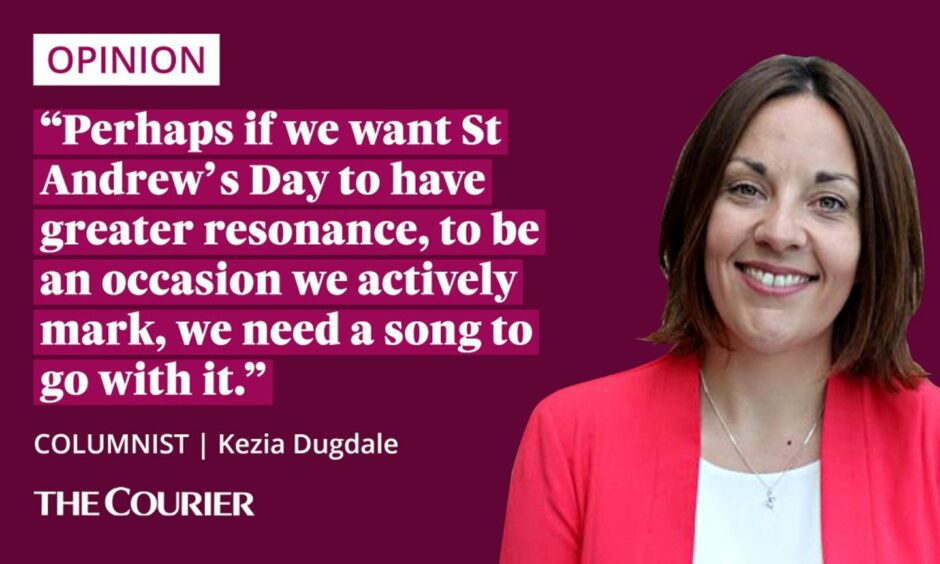
I remember as a kid being taken by my dad to visit a school in Swansea to see kids who were ages with me being taught in Welsh.
I learned to respect the language and the pride that went with the culture and my heritage.
And as I learned to love rugby as a child, I had one of the Five Nations tops that was half welsh and half Scottish.
St Andrew’s Day falls flat in comparison
In the lead-up to the World Cup, I caught a clip of the actor Michael Sheen delivering a rousing speech to the Welsh football team and felt it in my bones.
Michael Sheen makes me want to apply for Welsh citizenship. pic.twitter.com/K3keUfVeMc
— Gary Turner (@garyturner) November 29, 2022
And this week I have been watching clips of the Welsh folk singer Dafydd Iwan sing his song Yma O Hyd, which has become an accidental anthem of the Welsh football team.
You will probably have heard it booming out of the stadium if you watched them play at any point in the tournament so far.
Loosely translated it means “we’re still here,” a perfect message for a team who have defied all expectations.
But it’s also a deeply political song, written in response to Margaret Thatcher and the damage she did to the coal industry, which was the lifeblood of many Welsh – and Scottish – communities.
A song of pride with a very modern message.
The Welsh celebrate St David’s Day, in song and by other means, on March 1.
And while it might be acknowledged and marked a little more than St Andrew’s Day, even it pales into comparison next to St Patrick’s Day, March 17, an event which has been widely commercialised by the hospitality sector.
But have these patron’s days well, had their day?
It sometimes seems that way with St Andrew’s Day.
Sing a song of Scotland
Attempts were made a few years ago to make St Andrew’s Day a national holiday.
It is a bank holiday for most civil servants, but it’s one that they can roll into their overall holiday entitlement and take when they want.
Instead our national day feels more like Burns night.
Whether you mark it or not, you know it’s happening.
And from actually attending a Burns Supper to just having haggis neeps and tatties, most of us make a token effort.
But it’s a nod to a bard, to a man rather than the country itself.
And somehow St Andrew’s Day lacks a focus that might make it a truly national celebration.
So what might a modern take on Scottish patriotism look like, or rather sound like?
Perhaps we should look to the song book of Michael Marra.
His song Hermless is often touted as an alternative national anthem to Flower of Scotland – a song I’ll happily blast out my lungs from the seats of Murrayfield, while still being alive to the jarring references to Sir Edward’s army.
There’s none of that in Hermless, which concludes:
“There’s never nae bother fae me
Naebody’d notice that I wisnae there
If I didna come hame for ma tea.”
Perhaps if we want St Andrew’s Day to have greater resonance, to be an occasion we actively mark, we need a song to go with it.
One with modern resonance which reflects who we are and how far we’ve come.
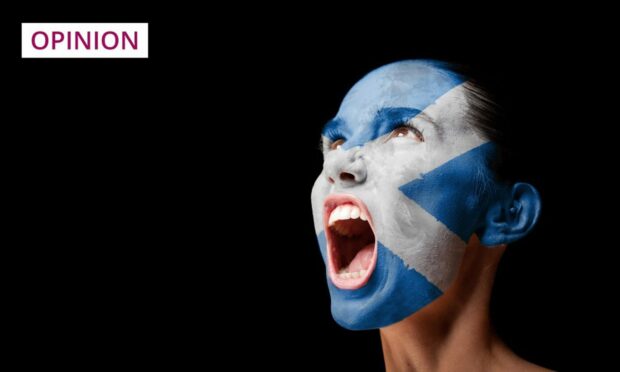
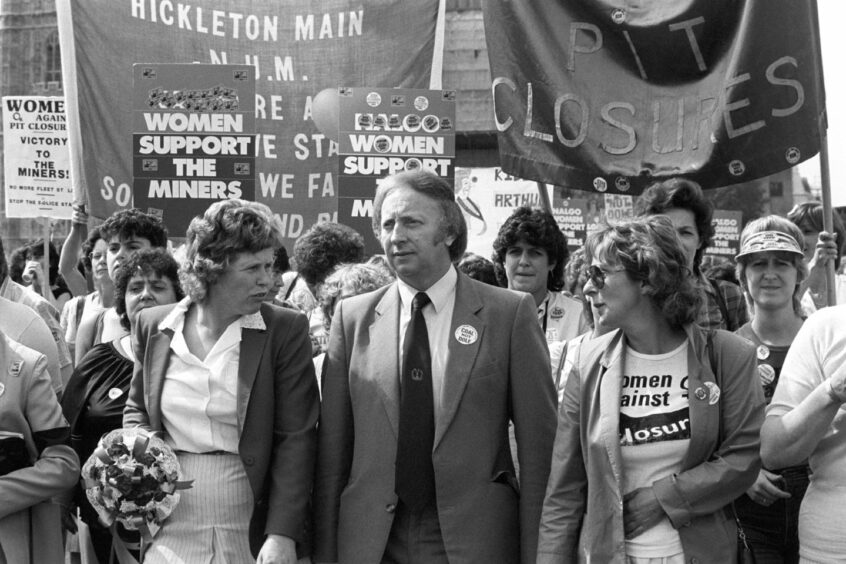
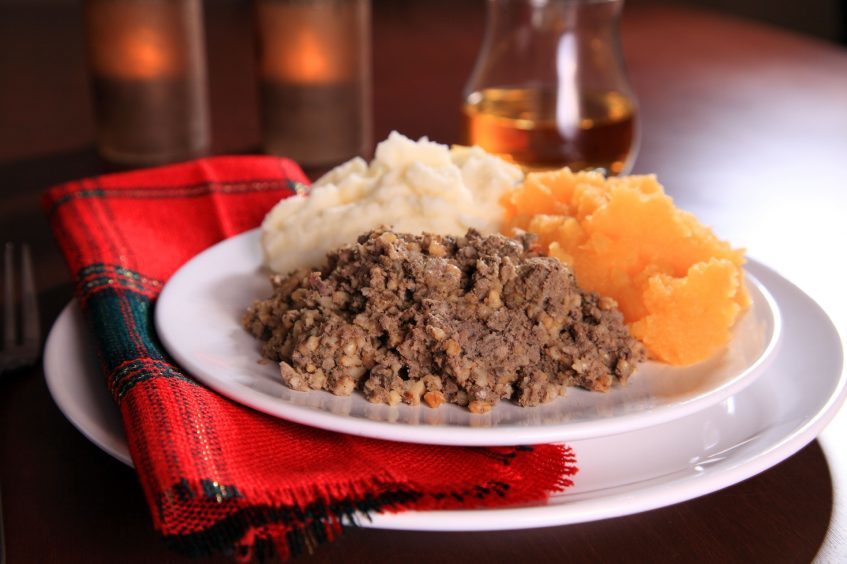








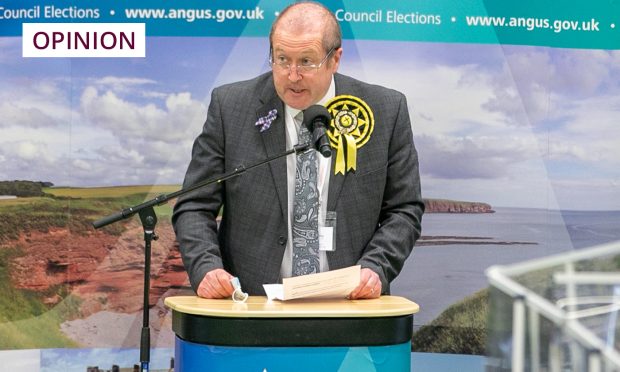
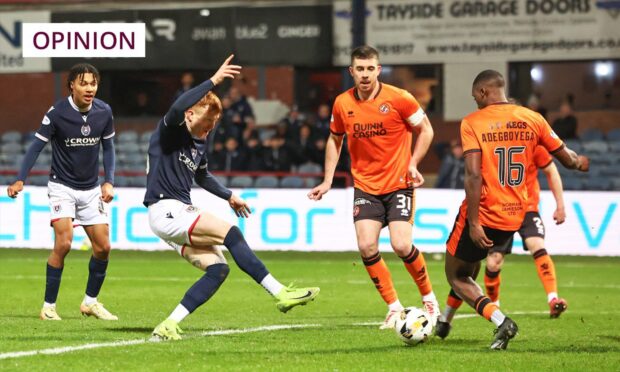
Conversation